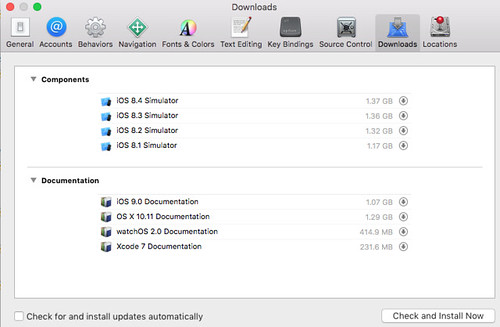Fabric is a Python (2.5-2.7) library and command-line tool for streamlining the use of SSH for application deployment or systems administration tasks.
原來如此!我還活在播接時代再把玩 bash script XDD 其實之前也有試過一些同時發 ssh remote command 的工具,但悲劇收場後,就沒再用了,現在就在來吸收這套吧!
$ sudo apt-get install fabric
$ fab
Fatal error: Couldn't find any fabfiles!
Remember that -f can be used to specify fabfile path, and use -h for help.
Aborting.
是的, fab 指令會尋找當前目錄下的 fabfile.py:
$ vim fabfile.py
def hello(what):
print 'hello ' + str(what)
$ fab hello:world
hello world
Done.
非常簡潔明瞭,反正 fab 後面接的字串就是個 fabfile.py 裡定義的函數,冒號後面就是給進去的參數。接著要寫一些遠端部署指令就是寫個 function 定義一些想傳的參數,接著就愉快地寫 python 就好!可以省去用一堆 ssh target_host "remote_command" 的方式了!
$ vim fabfile.py
from fabric.api import run, task, execute, runs_once
from fabric.colors import green, magenta
import fabric.api as api
@task(default=True)
def heartbeat():
_info("hearbeat")
run("date")
def _info(message):
print green(message + " on %s" % api.env.host_string)
def _warn(message):
print magenta(message + " on %s" % api.env.host_string)
$ fab
hearbeat on None
No hosts found. Please specify (single) host string for connection: localhost
[localhost] run: date
[localhost] Login password for 'user':
[localhost] out: Fri Oct 30 12:51:51 UTC 2015
[localhost] out:
Done.
Disconnecting from localhost... done.
$ fab -H localhost
[localhost] Executing task 'heartbeat'
hearbeat on localhost
[localhost] run: date
[localhost] Login password for 'user':
[localhost] out: Fri Oct 30 12:53:09 UTC 2015
[localhost] out:
Done.
Disconnecting from localhost... done.
接下來,就可以想想一連串的行為了!



